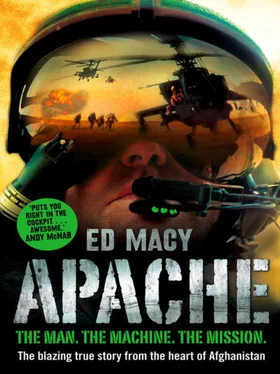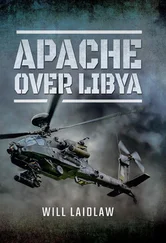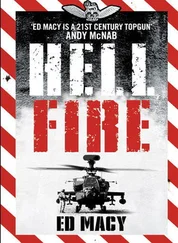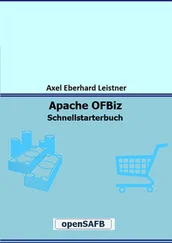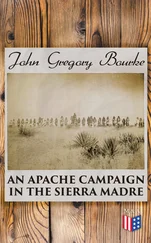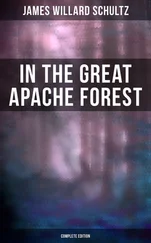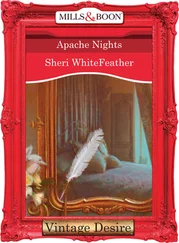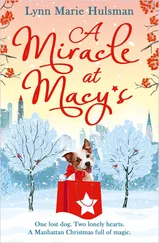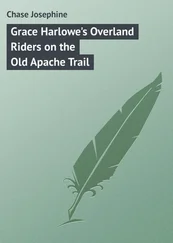It also revealed the full extent of Mathew’s injuries. A total of three bullets had entered Mathew’s body; he took a round in the bicep and a round in the chest, as well as the round in the head. When we picked him up, I had only seen the head wound.
The bicep wound wasn’t serious. The pathologist ruled that the chest wound was very serious, but there was a chance that Mathew could have survived it had he received immediate medical help. The chest wound was almost certainly caused by the machine-gunner – the round was analysed and found to be 7.62-mm NATO issue. The pathologist also said the head wound would have killed Mathew ‘almost instantaneously’. It was impossible to ascertain whether that bullet had been fired by friendly or enemy forces, as it had fragmented on entry.
Who fired that third bullet, the head wound bullet and when it was fired are the crucial questions. This is what is most sad of all: if the head bullet had been fired by the marine machine-gunner, what I don’t understand is how Mathew could still have been warm on the thermal camera throughout our guarding him, and then still warm more than three and a half hours later when I got to him at 10.40am. There was a ground temperature of five degrees Celsius at the fort that morning – low enough to turn a body cold pretty quickly. He burned white hot on Billy’s FLIR screen lying there all the time.
It’s an anomaly that suggests that Mathew’s head wound could have been caused by a (possibly) ricochet Taliban bullet fired later – perhaps a lot later. If Zulu Company had picked Mathew up before they withdrew, or if we’d got to him earlier, could any of us have saved his life? The answer, none of us will ever know.
That wasn’t all the board revealed. Remarkably, it quite clearly also established that, despite their series of serious errors, the chaos at the fort was to a substantial extent not Zulu Company’s fault. It was found that the company hadn’t been trained back in the UK for war fighting in Afghanistan. Their sacked commander hadn’t done the company commander’s course, and was only put in charge of them four weeks before they left for Afghanistan. And the sub-unit hadn’t even conducted live firing training together – the most basic of all company tasks.
Zulu Company were given the relatively benign job of security patrolling in Kabul for the tour and even this was asking too much from a unit that had not prepared for war fighting in Afghanistan.
Knowing that, it’s little wonder that the rookie machine-gunner accidentally shot his own men, that the sergeant major didn’t use zap numbers during this attack, and that the company commander couldn’t give the leadership needed. I feel very sorry for all three of those men; they carry round a terrible weight, unfairly.
At the start of the tour, Brigadier Thomas had asked the MoD for an extra manoeuvre battlegroup to carry out everything that was expected of 3 Commando Brigade in Helmand – especially securing Garmsir and carrying out Operation Glacier. Despite countless promises from the Prime Minister about commanders in Afghanistan getting everything they asked for, his request was flatly refused. Instead, the brigadier was told to make do with what he already had, and generate any extra attack forces from his existing establishment. In other words, if Garmsir was to be held he had little choice but to send undertrained men into the most ferocious battle.
Knowing all of that, it’s hard not to form a pretty depressing conclusion about Jugroom Fort: Mathew Ford probably died because the government gave the guys on the ground far too little and asked of them far too much.
Operation Glacier continued, with the three further planned attacks passing off as intended.
Glacier 3 set out to smash a relay post – the Cruciform – for enemy fighters five kilometres south of Garmsir. But the attacking force arrived to find it had already been vacated; there were not enough men in the area to man it and fight the DC – strong evidence that the enemy’s command chain was already in tatters.
Glacier 4 and 5 were both ground assaults launched from the DC southwards. The Taliban remnants marshalled into the killing fields, exactly where Colonel Magowan wanted them – all he had to do was come and get them. Hundreds of marines and Afghan National Army soldiers, backed by Apaches and fast air, swept through two kilometres of abandoned farmland, destroying everything in their way. With nowhere to run to, the Taliban were routed.
The Garmsir DC was never retaken by the Taliban. The enemy’s southern MSR was totally severed, and many hundreds of them were killed. Most important of all, Glacier had bought the marines the time they so desperately needed to consolidate. Yet its benefits could only ever be temporary. With the Task Force never being afforded enough troops to hold any of the ground the marines had fought so hard to win, the Taliban eventually reorganised and regrouped in the south – as Colonel Magowan predicted.
Jugroom Fort was reinfiltrated, and at the time of writing, the Taliban are still there. By the spring, sporadic fighting had returned to Garmsir; killing two of the Grenadier Guardsmen who inherited the DC when the marines left in April. By late summer the hard fighting had resumed. After the guardsmen, it was the Household Cavalry Regiment’s turn – and that’s where Prince Harry earned his military spurs. He was a JTAC in Garmsir for two months, operating under the callsign Widow Six Seven. The publicity shots showed him firing a .5 calibre machine gun off JTAC Hill, which meant that by Christmas 2007 – after ten months of regrouping – the Taliban, yet again, weren’t far from the DC’s gates.
656 Squadron went home at the end of February 2007, the day of my departure coinciding exactly with Glacier’s finale. But I couldn’t leave without having to sit down for one final ammo tally with Kev Blundell. The Boss and the CO wanted the statistical data for 9 Regiment Army Air Corps’ final tour of Afghanistan before handing over to 3 Regiment. Only by working out the cost of particular operations and how much the individuals fire, can we plan for future operations.
Kev told me I’d personally fired more ammunition on this tour than the entire squadron had in the whole of the previous summer – some £2.5 million worth of weaponry. To be precise: twenty-six Hellfire missiles, fifty-four Flechette rockets and 4,120 cannon rounds.
The Koshtay raid proved to be (and still is) the most expensive single British Apache sortie in history. In our thirty-two minutes over the target area, we expended £1,060,794.20 of ammunition; or £33,149.82 every minute.
The fastest rate of fire award rightfully went to Charlotte and Tony. They put down £426,353.36 worth in six minutes over Jugroom, protecting us in and then out of the fort with Mathew Ford. They still hold that record today, and I can’t see it ever being beaten.
When we got home, I had to confess to Emily that I had returned from the fort with my life but no angel. Emily likes to think she served her purpose and wasn’t needed any more. My daughter insists she guided Mathew on his way. I’m a realist, so know what I believe: she remains MIA.
We got a chance to look at the newspaper coverage our families had kept for us. We found out more about Mathew and what sort of a guy he was. I think I would have really liked him.
He was the oldest of three brothers and known to everyone as an outgoing but gentle giant. Mathew’s mother Joan initially talked him out of his lifelong ambition to join the forces; she persuaded him to become a car mechanic instead. After seven years in the local garage, he decided to sign up anyway, telling Joan: ‘I’ve done what you wanted; now it’s my turn.’ Joan gave him her complete support, and told Mathew she was hugely proud of him when he earned his green beret. Joan didn’t want him to go to Afghanistan, his first combat tour. Mathew reassured her, telling her he’d be all right.
Читать дальше
Конец ознакомительного отрывка
Купить книгу
